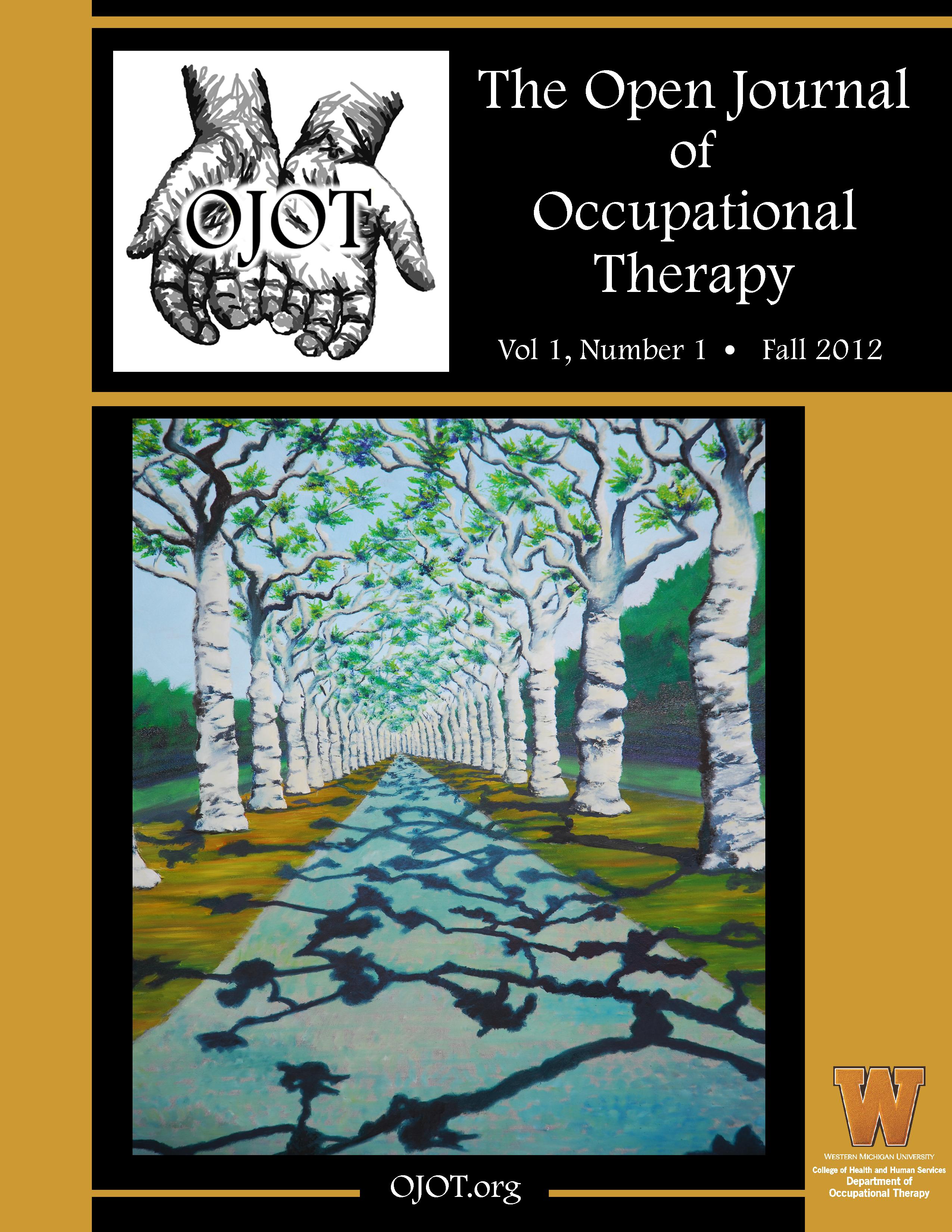ScholarWorks > HHS > OT > OJOT > Vol. 11 > Iss. 3 (2023)
Credentials Display
Laura Schmeiser, OTD, MOT, OTR/L; Alicia Reiser, OTD, MS, OTR/L; Caitlyn Foy, DOT, MOTR/L, CLA
Abstract
Occupational therapists are among the first providers to encounter individuals after an acquired brain injury (ABI). Evidence suggests that most occupational therapists learn about ABI-related vision disorders from continuing education and on-the-job training. A better understanding of entry-level curricula patterns for ABI-related vision disorders is important because of their high prevalence and impact on occupational performance. A descriptive online survey was administered to occupational therapy educators at ACOTE-accredited entry-level programs to explore curricula patterns for ABI-related vision disorders. Of 1,391 occupational therapy educators invited to participate, 71 (5%) began the survey, and 66 met the inclusion criteria. Vision screening methods were taught by most educators and were found to be a strength of entry-level curricula. Other curricula patterns were inconsistent with reported barriers, including limited time resources, few fieldwork sites with vision services, and a lack of agreement among educators on the value of teaching vision rehabilitation in entry-level programs. Data revealed that entry-level occupational therapy students are taught more about ABI-related vision disorders than what practice patterns suggest, which indicates a new phenomenon and/or a need to use teaching methods that improve student comprehension. The results suggest improving interprofessional education and curricula standardization.
Recommended Citation
Schmeiser, L., Reiser, A., & Foy, C. (2023). Occupational Therapy Curricula Patterns for Acquired Brain Injury-Related Vision Disorders for Entry-Level Programs: A Survey. The Open Journal of Occupational Therapy, 11(3), 1-13. https://doi.org/10.15453/2168-6408.2123
Included in
Curriculum and Instruction Commons, Educational Assessment, Evaluation, and Research Commons, Educational Methods Commons, Higher Education Commons, Interprofessional Education Commons, Occupational Therapy Commons, Optometry Commons



Comments
The authors declare that they have no competing financial, professional, or personal interest that might have influenced the performance or presentation of the work described in this manuscript.